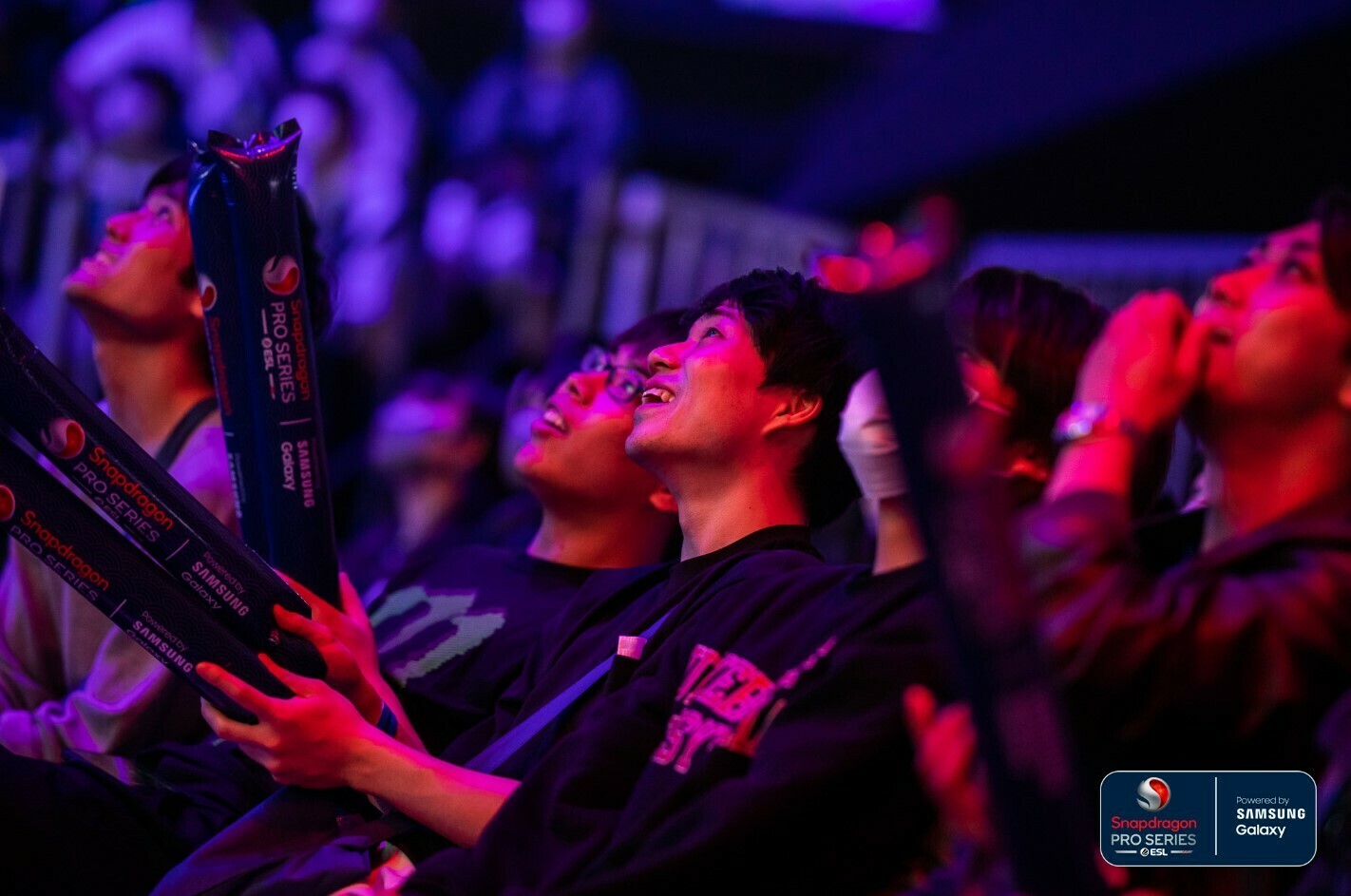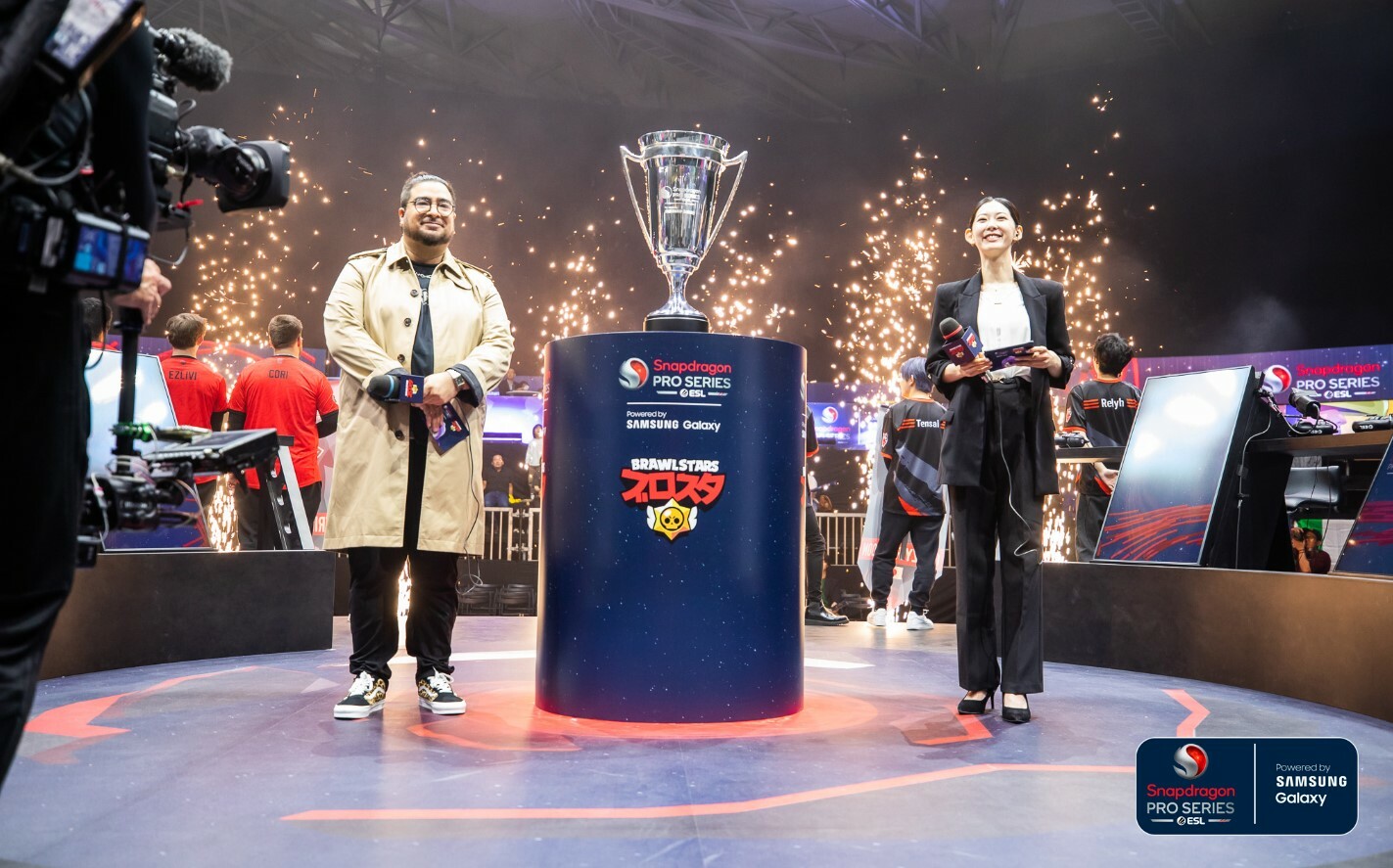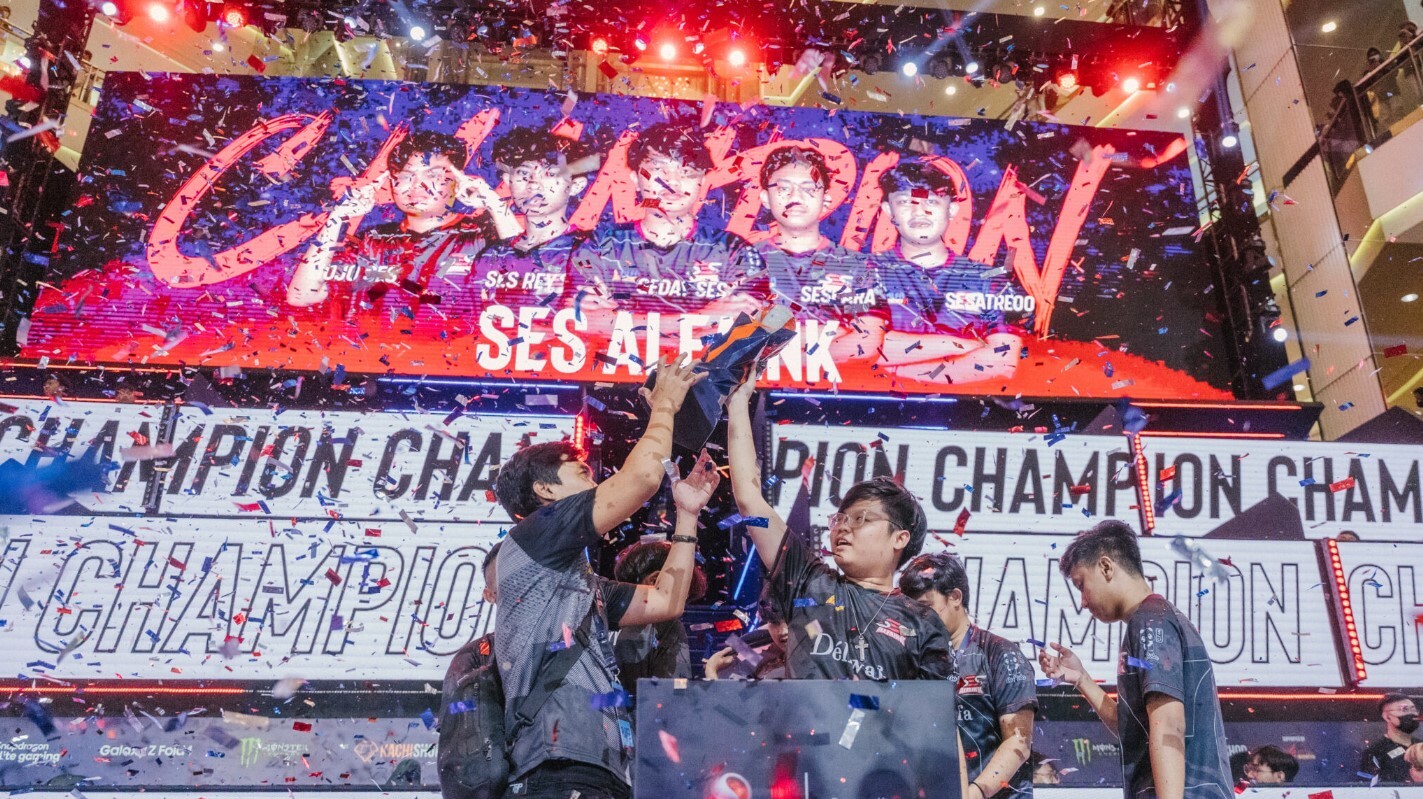Southeast Asia's success in garnering an engaged and vibrant mobile esports community offers a blueprint for the West to follow.

Most esports fans are probably familiar with the legendary stories of StarCraft competitions on the beaches of Busan, South Korea. These tournaments – attended by tens of thousands and watched by millions more – are etched into esports lore as the pinnacle of competition. It’s one of the purest examples of the impact esports can have not just on a city or region, but on the world.
Fast-forward almost two decades from the mid-2000s, and esports looks very different. Not only does competition span hundreds of game titles, but also gaming has become a common household activity shared by an estimated 3.2 billion people worldwide. Southeast Asia remains at the epicenter of modern esports, with tens of thousands still gathering to watch in-person competitions and hundreds of thousands tuning in on regional airways.
More than 675 million people reside in Southeast Asia, an 11-country region that includes Brunei, Cambodia, Indonesia, Laos, Malaysia, Myanmar, the Philippines, Singapore, Thailand, and Vietnam. Mobile gaming is the preferred way to play games in these countries thanks to the widespread availability of handheld devices and reliable network connectivity without the need for a hard-wired internet connection or an expensive PC or console.
Southeast Asia is a flagship example of what mobile gaming can look like at its best, and the expectation is that, in a few years, regions in the West will begin to recognize the opportunity to play and win in a different way.

Leagues like Qualcomm and ESL FACEIT Group’s Snapdragon Pro Series powered by Samsung Galaxy are some of the first to bet on the growing popularity of mobile gaming. And the gamble has paid off. The Snapdragon Pro Series has successfully tapped into Southeast Asia fanfare and created a platform for Brawl Stars, Free Fire, and Mobile Legends: Bang Bang competition, not just for pros, but for casual gamers who want to engage in friendly matchups.
That holistic approach has allowed the league to quickly develop brand awareness and fandom in one of the most competitive mobile markets in the world. More than 320,000 people competed in Southeast Asia’s Snapdragon Pro Series Season 2 circuit, and many more watched, both in-person and online, as the competition heated up.
This February, a Snapdragon Pro Series Free Fire event drew 40,000 fans to Mall Taman Anggrek in Jakarta, the capital of Indonesia, and more than 89,000 people tuned in on linear television. Content from the Snapdragon Pro Series Free Fire Season 2 Live Finals drew nearly 12 million viewers as 12 teams competed for a $300,000 prize pool. Those are the kinds of numbers most fans historically associate with traditional esports, not mobile games, but the reality is that Free Fire is as big a player in some countries as League of Legends or Counter-Strike: Global Offensive are in others.

The Snapdragon Pro Series isn’t the only league taking advantage of the mobile boom. Jakarta has been home to the largest mobile esports competitions in the world. The city hosted the M4 World Championship, a Mobile Legends: Bang Bang event with an $800,000 prize pool put on by game developer Moonton, at the start of 2023. That event drew nearly 4.3 million peak viewers, according to Esports Charts, and more than 80 million hours of gameplay watched throughout the two-week event.
If the scale seems astounding, that’s because not many Western esports or gaming fans understand the appeal and ubiquity of mobile competition. Mobile’s major foothold in esports, however, has become the norm in Southeast Asia, a region quickly becoming as known for its mobile esports fandom as its fanaticism for PC play.
Perceptions will change with time, and as they do, other markets will open up. Expansion is coming, be it through additional competition circuits, regional expansion for leagues, new titles to play, or all of the above. In the meantime, though, Southeast Asia will continue to be a mobile gaming hub that shows the rest of the world that competitive mobile play isn’t too far off from even the most legendary esports experiences.
MobileMatters is in partnership with ESL FACEIT Group, the tournament organizers behind the Snapdragon Pro Series.
Stay up to date with the latest details about the Snapdragon Pro Series:










